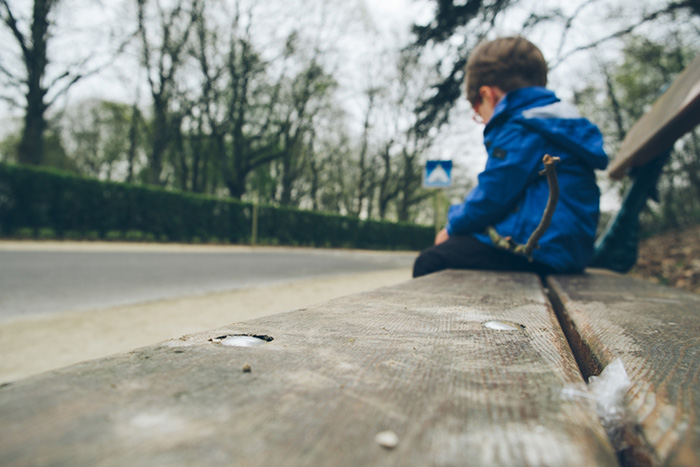Child safeguarding and child protection

Child safeguarding refers to the measures taken to protect children from harm, abuse, exploitation and neglect. It includes both preventive and response measures.
Preventative child safeguarding measures
Preventive measures aim to stop children from being harmed in the first place. These can include things like awareness-raising and education programmes, legislation and policies to protect children, and child-friendly complaint mechanisms.
There is no one-size-fits-all approach to preventative child safeguarding measures, as the needs of each child and community vary. However, there are some general principles that can be applied to all situations.
The first principle is that prevention is always better than cure.
It is much easier to prevent a problem from occurring in the first place than it is to try and fix it after it has already happened.
This means that communities should work together to identify risk factors for child abuse and neglect, and put in place systems and processes to mitigate these risks. This could include things like poverty reduction initiatives, early childhood education programs, or family support services.
The second principle is that everyone has a role to play in preventative child safeguarding. This means that it is not just the responsibility of parents or carers to keep children safe, but everyone in the community has a part to play.
For example, businesses can create child-friendly policies and environments, schools can teach children about personal safety and respect for others, and government agencies can develop legislation and regulations to protect children.
The third principle is that child safeguarding is an ongoing process. It is not something that can be achieved once and then forgotten about – it requires an ongoing effort from everyone involved.
This means that communities must continue working together to identify new risks as they emerge and implement new systems and processes to mitigate them. It also means that everyone needs to remain vigilant and committed to keeping children safe.
If we all work together to apply these principles, we can make a real difference in the lives of children and help prevent them from being harmed.
Response measures
Response measures are designed to help children who have already been harmed. These can include things like emergency support services, counselling and legal assistance.
Child safeguarding is everyone’s responsibility. By working together, we can create a safer world for our children.
Child safeguarding is an important issue because it protects children from harm. Everyone is responsible for keeping children safe, and we can do this by working together.
There are many ways to child-proof your home, and by doing so, you can create a safer environment for your children. Here are some tips:
-Keep all poisonous substances out of reach of children.
-Never leave your child unattended in a car or in a public place.
-Teach your child how to dial 911 in an emergency.
-Create a family safety plan in case of fire or natural disasters.
-Talk to your child about stranger danger and what to do if they are approached by a stranger.
-Never post pictures of your child on social media without their permission.
-Report any suspicions of child abuse or neglect to the authorities.
By following these tips, you can help make the world a safer place for children. child safeguarding is everyone’s responsibility, and together we can make a difference.
If you think someone is being abused or is at risk of being abused
You must tell someone if you believe a child or adult is being abused.
If you believe a child or adult is in immediate danger, do something straight away – contact 911 and tell the operator what is happening.